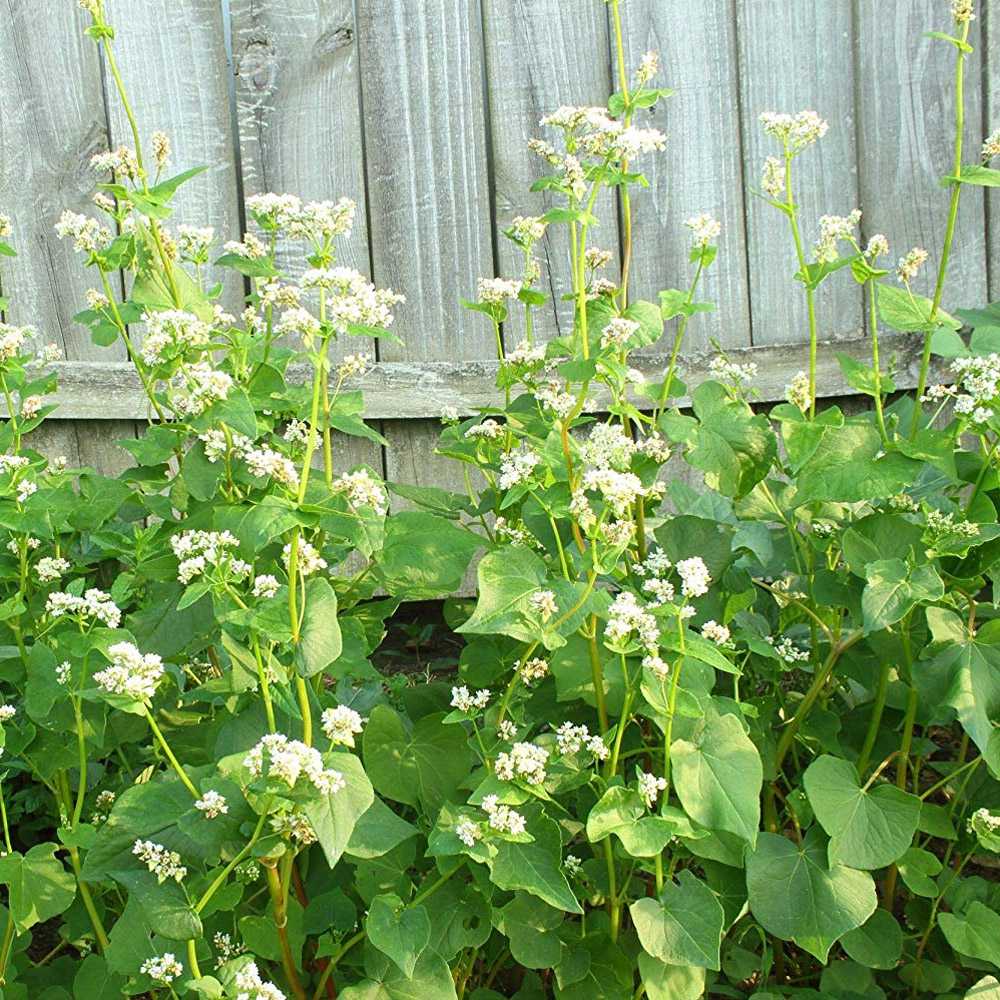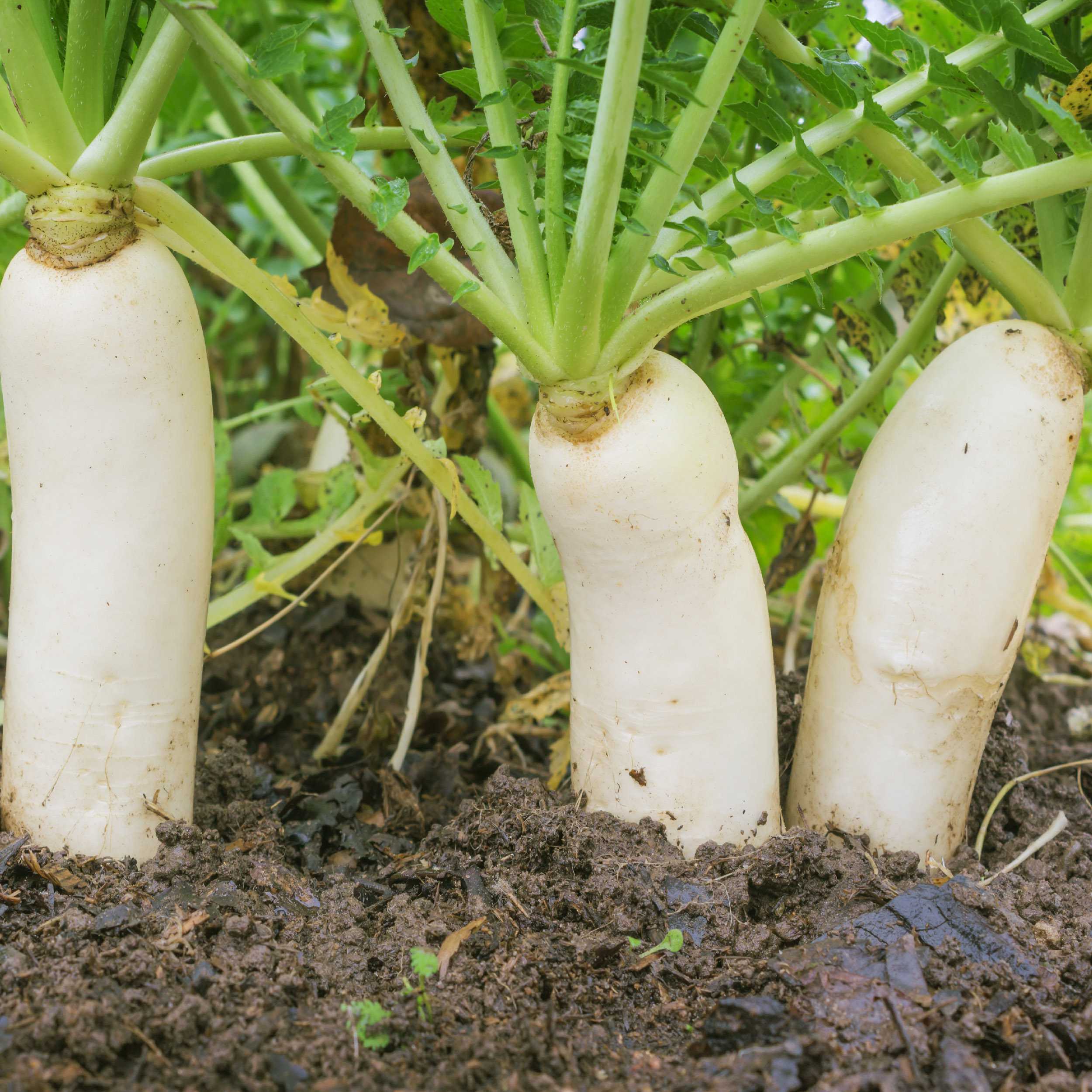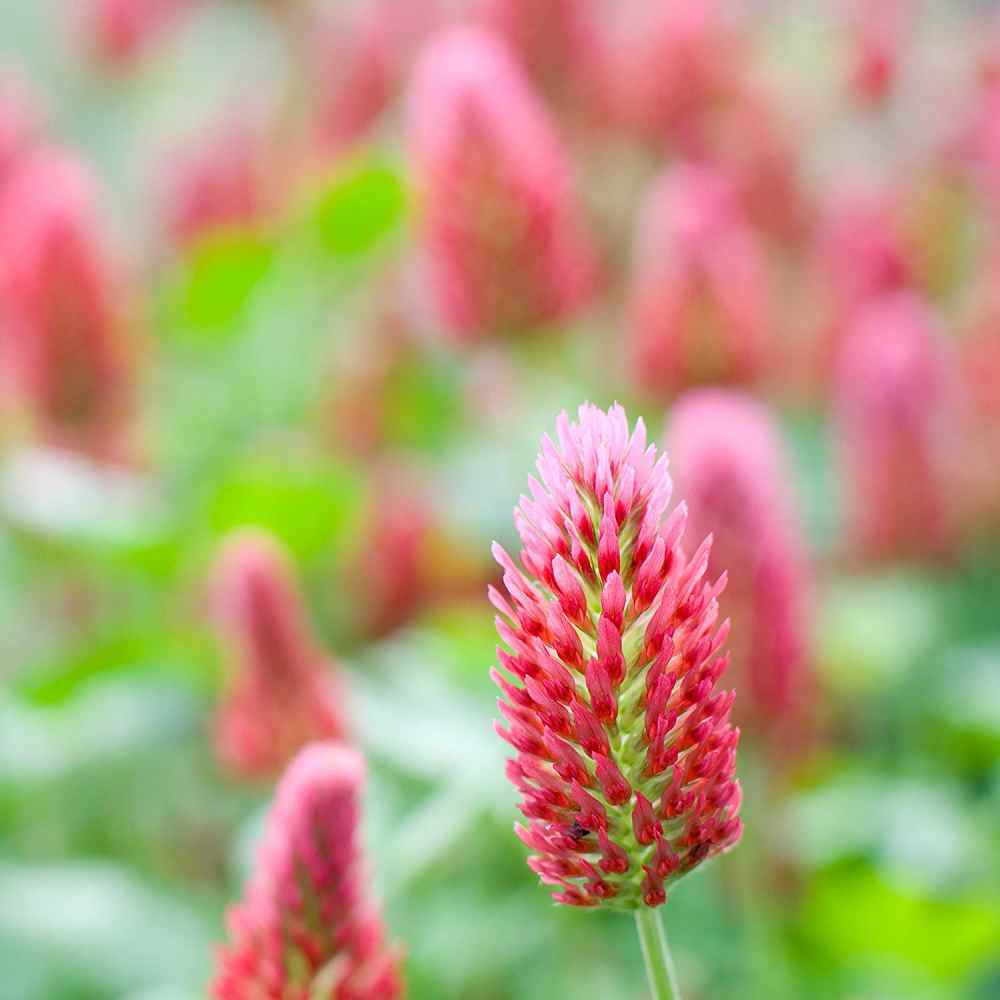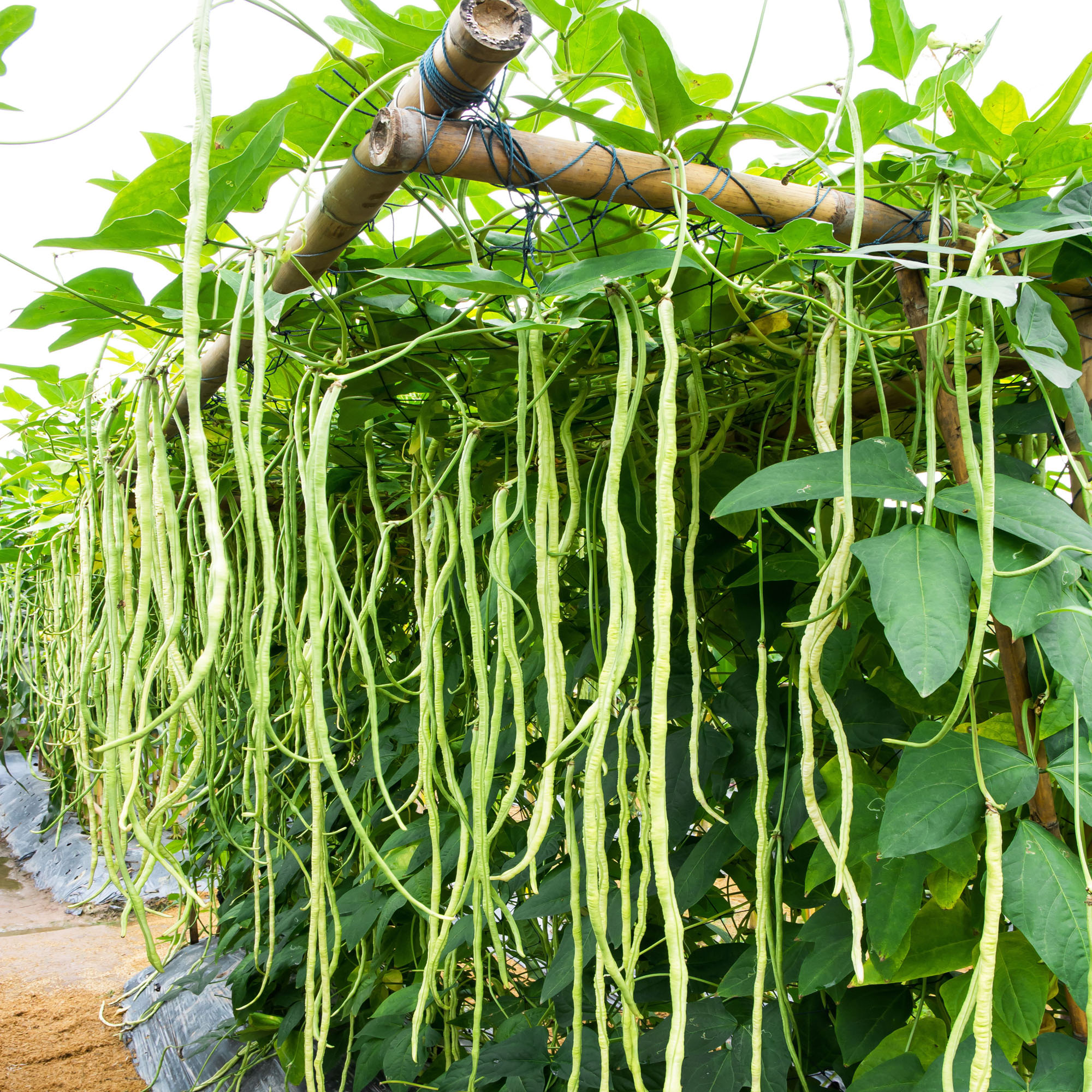
Cover Crop Planting and Care
Things to Consider:
-
Your Goal:
- Preventing soil erosion
- Optimizing nitrogen balance
- Maximizing biomass output
- Regulating moisture
- Your location
- Preceding crop
- Crop that will follow
- Planting window

Planting Time
 Spring Planting Options
Spring Planting Options
-
Dundale Field Peas -
Can be planted as soon as soil can be worked, matures in 50-75 days. works as a forage crop while offering moderate weed suppression and adds nitrogen. -
Red Clover -
Best time for establishment is early spring or early summer. It will also fix nitrogen, suppress weeds and can be frost seeded.
 Summer Planting Options
Summer Planting Options
-
Buckwheat -
Summer standard with its quick growth that will suppress annual weeds and improve soil structure. -
Cowpeas -
Fast growing summer cover crop that is adapted to a wide range of soils. -
Soybeans -
Economic summer cover crop, establishes quickly and competes well with weeds, tolerates short periods of drought.
 Fall Planting Options
Fall Planting Options
-
Daikon Radish -
Will winter kill in northern United States, making the termination of crop weed growth. To avoid disease issues radishes should not be planted immediately before and after a brassica vegetable crop. -
Hairy Vetch -
Does well in a variety of soil types. Generally, leaves soil better than before by improving nitrogen and phosphorus levels. Excellent home for beneficial insects. -
Subterranean clover -
Low growing, self seeding with very good weed suppression. Grows best in later summer to early winter - will go dormant in coldest months. -
Austian Winter Peas -
Whitetail deer love this cool season annual legume. Has excellent nitrogen fixation and is easy to establish for fall food plots. Austrian Winter Peas also works well in winter. Sow by early fall for early Spring growth.
 Winter Planting Options
Winter Planting Options
-
Crimson Clover -
Easily used as a mulch, great crop to add nitrogen to your soil. Often mixed with brassicas, ryegrass, and small grains -
Balansa Clover -
Annual clover will fix large amounts of nitrogen and biomass -
Berseem Clover -
Good salt tolerance and a synergistic relationship with alfalfa. Bred for later maturity, improved cold tolerance, productivity, and nutritional value -
Arrowleaf Clover -
Highly productive winter annual clover. A prolific seed producer and great for reseeding.

Ground Preparation
Loosen soil up with garden rake or tiller. If your garden area has leftover vegetation, use a metal rake to remove all debris and smooth area out so it is ready for seed.
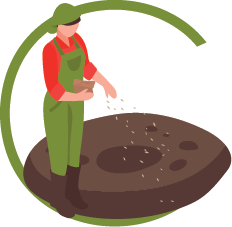
Spreading Seed:
Evenly spread seed with seed spreader or by hand. For most even coverage, make two seeding passes over the garden at right angles to each other. Be sure to follow recommended seeding rate of the crop you choose as application rates vary greatly by seed.
Rake Seeds:
After spreading seed over entire area be sure to rake the seed lightly into the soil. This will help keep it safe from birds, protect from cooler temperatures and ensure good soil contact. For smaller seeds like ryegrass, do a very light raking. For larger seeds such as Fava bean they will need deeper cover so rake more vigorously.
Moisture
Plant your cover crop early enough to have 4 weeks of growth before cold weather stops the growth. If soil is dry, irrigate often enough to keep the soil damp to germinate the seeds.
Continue Growing:
After frost has passed, the plants will resume growth in the spring. Cover crops are very low maintenance. Therefore you can pretty much leave them alone until you are ready to plant your garden.

Killing Cover Crop:
Terminate crop before the risk of seed production. Your cover crop has done its job at this point. Allow maximum amount of growth but cut off at the base before seeds develop. Will give you the most nutrients for your soil. Cutting off at the base can be done with a mower, lopper, rototiller, or weed eater. Best to allow clippings to decompose for a week or so before working into the soil.
Planting Your Garden:
It is best to wait another 2-3 weeks after killing your cover crop to plant your herb, vegetable, or flower garden. Once you have waited 2-3 weeks, your soil has recovered and is ready for your to plant as normal.

































